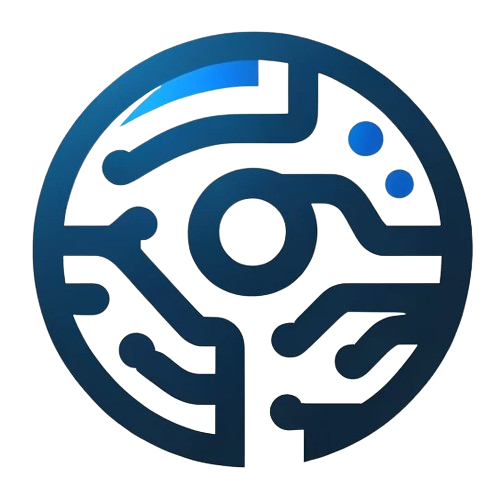The Artificial Intelligence (AI) project lifecycle is a structured process that guides the development of AI applications from conception to deployment. Given the complexity and the interdisciplinary nature of AI projects, understanding this lifecycle is crucial for successful implementation. This blog post explores the key stages of the AI project lifecycle, offering insights into each phase, best practices, and common pitfalls to avoid.
1. Problem Definition
Identifying the Problem
The first step in the AI project lifecycle involves identifying a specific problem or opportunity where AI can provide a solution. This requires a deep understanding of the domain and clear objectives for what the AI needs to achieve.
Setting Objectives
Define clear, measurable objectives for the AI project. This includes identifying key performance indicators (KPIs) that will be used to evaluate the project’s success.
2. Data Collection and Preparation
Data Collection
Gather data relevant to the problem being addressed. This might involve collecting new data, sourcing existing datasets, or both. The quality and quantity of data collected directly impact the performance of the AI model.
Data Cleaning and Preparation
Data cleaning and preparation involve handling missing values, removing outliers, and transforming data into a format suitable for analysis. This step is crucial for ensuring the data is accurate, complete, and ready for modeling.
3. Model Selection and Development
Choosing the Right Model
Select a model that is appropriate for the problem at hand. This decision is based on the type of problem (e.g., classification, regression), the complexity of the task, and the computational resources available.
Model Development
Develop the AI model using the selected algorithm. This involves training the model on the prepared data, tuning hyperparameters, and validating the model to ensure it meets the project’s objectives.
4. Model Evaluation and Refinement
Evaluating Model Performance
Use the defined KPIs to evaluate the model’s performance. This typically involves testing the model on a separate dataset to assess its accuracy, precision, recall, and other relevant metrics.
Refinement
Based on the evaluation, refine the model by retraining it with different parameters, adding more data, or trying different algorithms to improve its performance.
5. Deployment
Integration
Integrate the AI model into the existing infrastructure. This might involve developing APIs, creating user interfaces, or embedding the model into existing systems.
Deployment Strategies
Choose a deployment strategy that aligns with the project’s needs, whether it’s a cloud-based solution, on-premises deployment, or edge computing.
6. Monitoring and Maintenance
Continuous Monitoring
Once deployed, continuously monitor the model to ensure it performs as expected. This includes tracking its accuracy, efficiency, and any drift in data or performance over time.
Model Updating
Regularly update the model with new data, adjust it to changing conditions, and refine it as needed to maintain or improve its performance.
Best Practices for Navigating the AI Project Lifecycle
- Stakeholder Engagement: Engage with stakeholders throughout the lifecycle to ensure the project aligns with business objectives and user needs.
- Agile Methodology: Adopt an agile approach, allowing for flexibility and iterative improvements throughout the project.
- Ethical Considerations: Incorporate ethical considerations and bias mitigation strategies in every phase of the project.
Conclusion
Navigating the AI project lifecycle requires careful planning, execution, and continuous improvement. By understanding each phase of the lifecycle and implementing best practices, teams can effectively develop and deploy AI solutions that meet their objectives and deliver value. As AI continues to evolve, staying informed about the latest methodologies and tools will be key to success in this dynamic field.

